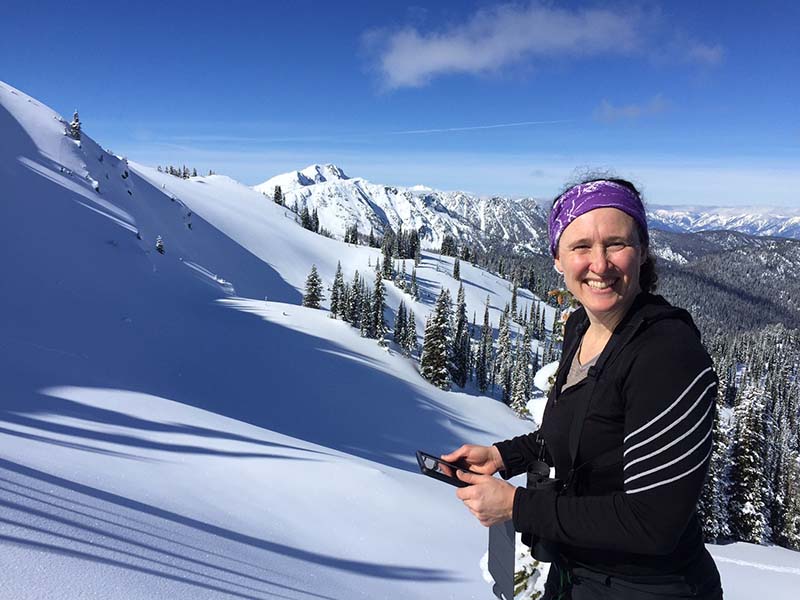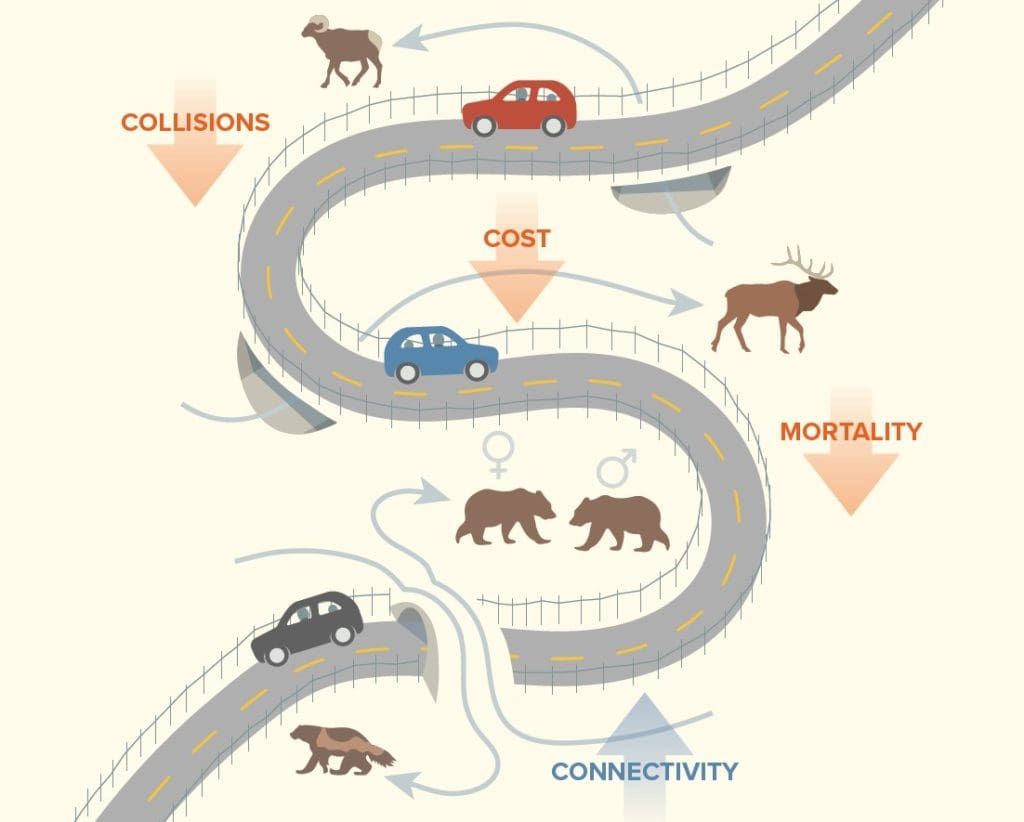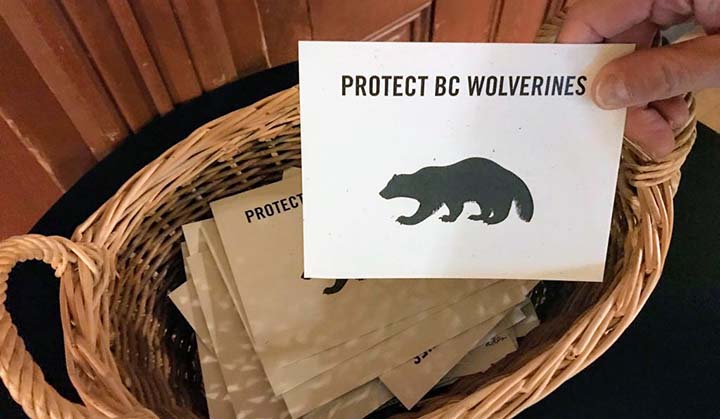Combining communities, science and knowledge for good
From wolverines to wildlife crossings, citizen science (also known as community science*) has done a world of good for research of all kinds.
Watch for wolverines to help them thrive
They say your first time is unforgettable.
“I remember the first time I saw a wolverine (in southern interior B.C.) They’re so elusive. They’re hard to see…they’re kind of the last wild creature out there,” described Adrian, a trail-builder in Salmon Arm, British Columbia, during an interview with Y2Y staff.
That first sighting was in 2004. As an avid backcountry skier, Adrian often saw wolverine tracks imprinted in the snow in that same area. It wasn’t until he attended Y2Y’s Wildlife Wise wolverine workshop in 2020 that he thought to pass this information on to Wolverine Watch, one of Y2Y’s partners on wolverine research.
In the end, these reported sightings contributed to critical research on the elusive wolverine, which could lead to greater protection for their habitat. More than 300 sightings of wolverines, tracks, and possible den sites have been sent to the Wolverine Watch website by recreationist “citizen scientists” — including Adrian.
“We’ve combined habitat modelling and our former work with genetics with the citizen science contribution to decide where we’re going to fly our drone and look specifically for dens or reproductive areas. All of the reproductive areas we’ve found have been informed by citizen science,” said Doris Hausleitner, Wolverine Watch researcher, in a 2020 interview with East Kootenay News Online Weekly.

Keep your eyes on the road, for the love of wildlife!
Another example where community scientists have made an impact is the RoadWatch B.C. program with partners Wildsight, the Miistakis Institute and the Western Transportation Institute.
Between 2016 and 2019, people traveling down Highway 3 in the Elk Valley reported their wildlife sightings on a smartphone app. These sightings also included unfortunate wildlife-vehicle collision incidents. Ultimately, the data showed researchers where animals try to cross the highways, whether or not they succeed.

Results were shared with road planners to help determine the best locations for wildlife crossing structures, including the overpasses you may already have seen in Banff or Montana.
Now, there’s an entire network of wildlife underpasses, overpasses and fencing in planning, completed or under construction on Highway 3. Thanks to community scientists safely sharing their sightings, people and wildlife can have safer travels into the future.
Like the overpasses or wolverine sightings, there are many ways to lend a helping hand to research and conservation, and create meaningful impact on the ground.
Your efforts and contributions are bringing communities and science together. You are helping conserve wild places and wildlife one project at a time.
* Why “community science” instead of “citizen science”? Scientists and others are starting to use this term more because it recognizes that an individual doesn’t have to have citizenship within a country, province or state to participate in these collaborative projects. It’s important to us to be inclusive of all who appreciate and want to contribute to research in this way!


